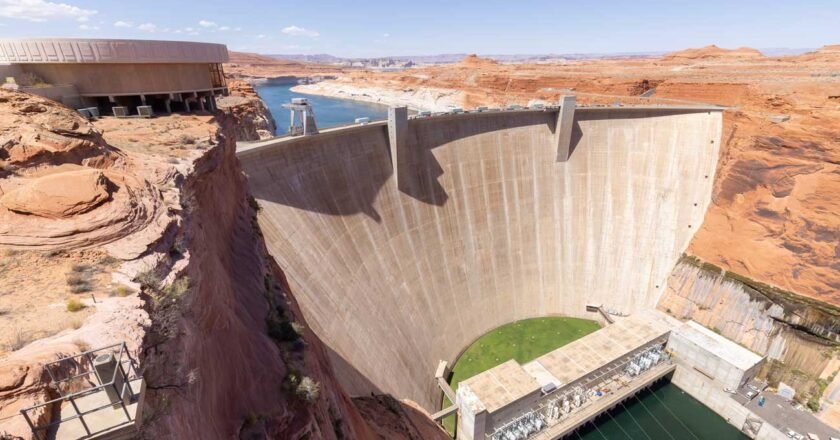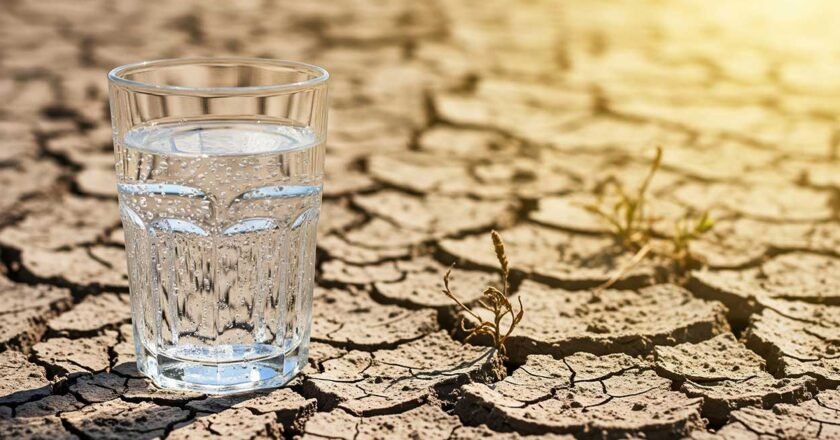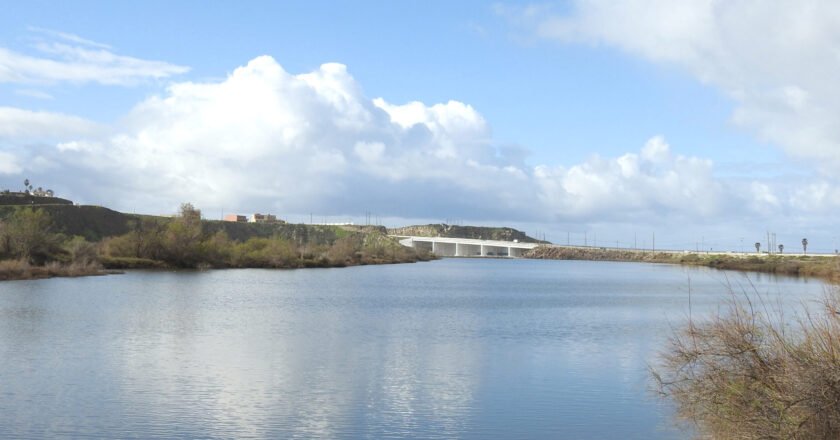It’s not champagne they’re toasting with in Picachos—it’s running water. After 15 long years of dry promises, the mountain community …


It’s not champagne they’re toasting with in Picachos—it’s running water. After 15 long years of dry promises, the mountain community …

Problem Solved – Part 2 WW Editorial Read “Part 1: Baja Faces Water Cuts” here… Wilderness is not a luxury …

High-stake Negotiations Faulter Water Watch Editorial, Part 1 Time is running out for Baja and the seven states that are …

Rosarito’s dry promise might finally pour On Friday, August 22, Baja California’s Secretary of Water, Víctor Daniel Amador Barragán, met …

Water Watch Editorial Lake Mead is dropping again and this is a reminder that we are fast approaching 2026. Freelance …

Water Wars – Water Watch Update Series Is it really climate change causing Baja California’s water issue? A truth lies …

Part of our Water Watch Report Series Eric Faulken the executive director of the Glen Canyon Institute said, “One or …

It seems an act of sheer folly to write about staying vigilant in our water usage after two relatively wet …

I stood on a hilltop with Cornelio Zapata, a 30 year resident of La Misión. We look down on the …

Water Watch for 2022 is a portent of times to come. I first began writing about where the water for …